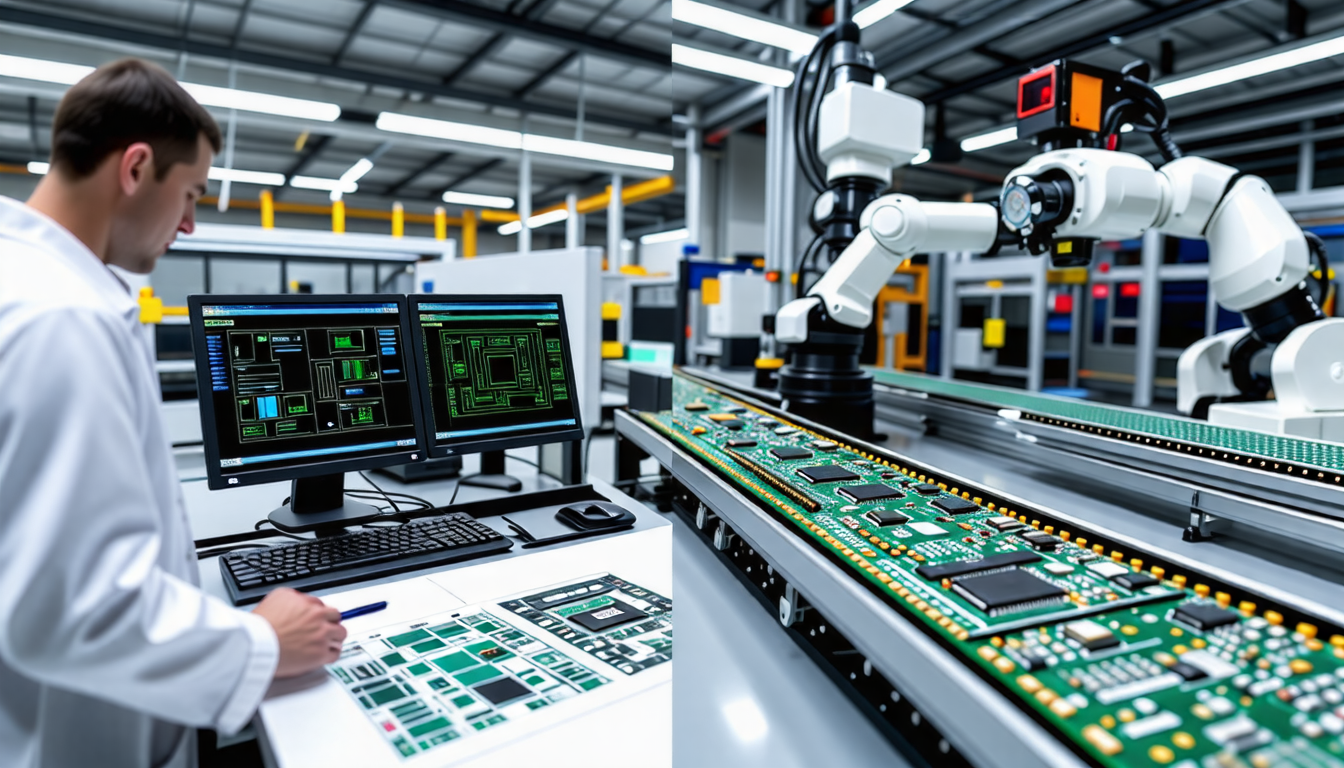|
IN BRIEF
|
In the rapidly evolving landscape of technology, thermal management has emerged as a critical cornerstone for enhancing the performance and longevity of electronic devices. As our gadgets become more compact and powerful, they generate increasingly higher levels of heat during operation. Uncontrolled thermal conditions can lead to detrimental effects, including accelerated wear and failure of essential components. Thus, adopting effective heat dissipation strategies is not merely an option but a necessity for developers and engineers. By maintaining optimal operating temperatures, we can significantly improve the reliability and energy efficiency of devices, paving the way for innovations that demand both power and finesse. Whether it’s in smartphones or electric vehicles, understanding the intricacies of thermal control is fundamental to achieving superior performance in today’s electronic landscape.
In an era where electronic devices dominate our daily lives, understanding the significance of thermal management takes center stage. As modern gadgets such as smartphones, laptops, and electric vehicles become increasingly sophisticated, efficient heat control becomes imperative to ensure optimal functionality, reliability, and longevity.
Cost Implications
Lastly, the cost implications of poor thermal management cannot be overlooked. Companies face significant expenses due to unexpected device failures and necessary recalls. Consequently, investing in robust thermal management solutions translates into long-term savings while improving overall product reliability.
Understanding Heat Generation
Every time an electronic device performs a task, energy is consumed, and heat generation is an unavoidable byproduct. Components like microprocessors, while executing millions of calculations, can reach elevated temperatures. This creates a challenge: how to dissipate this waste heat efficiently. Different devices have varying heat dissipation requirements, making it crucial to personalize thermal management strategies for specific applications.
Thermal management is essential for the performance and durability of electronic devices. Each electronic application, from smartphones to electric vehicles, generates heat during operation. This heat, if not properly managed, can lead to component degradation and significantly shorten device lifespan. Research indicates that effective thermal management can enhance the efficiency of devices by up to 30%.
Moreover, overheating can cause critical failures, leading to increased operational costs and potential safety hazards. For instance, the overheating issue can reduce a device’s reliability by approximately 50%. Therefore, implementing advanced thermal management solutions not only prolongs the lifespan of electronics but also optimizes their performance.
Furthermore, with the ongoing miniaturization of electronic components, the challenge of heat dissipation becomes even more pronounced. As systems become more compact, the accumulation of heat necessitates innovative approaches to thermal control. Utilizing techniques such as multilayer PCBs can effectively address these concerns. To learn more about the advantages of using multilayer PCBs, visit here.
Ultimately, understanding the need for thermal management is crucial for engineers and designers looking to ensure reliability in today’s high-performance electronic systems. Selecting appropriate components is equally vital; for detailed guidance, refer to this resource.
The importance of thermal management in electronic devices cannot be overstated, as it directly impacts both the performance and longevity of these systems. Every electronic circuit generates excess heat during operation, which, if not properly managed, can lead to overheating and ultimately failure. Effective thermal management solutions not only enhance the reliability of devices but also contribute to their energy efficiency. This is especially critical in high-performance applications, such as smartphones and electric vehicles, where optimal operation is paramount. By investing in robust thermal control measures, manufacturers can ensure their products remain viable in the competitive landscape, reducing the risk of premature obsolescence while maximizing performance and user satisfaction.
FAQ
What is the importance of thermal management in electronic devices?
R: Thermal management is crucial as it ensures that electronic devices maintain optimal operating temperatures. This prevents overheating, which can compromise performance and lead to premature failure of components.
How does excessive heat impact electronic components?
R: Excessive heat can significantly degrade electronic components, shortening their lifespan and causing potential failures. Effective thermal management mitigates these issues by controlling heat dissipation.
What are the benefits of proper thermal management?
R: Proper thermal management increases the energy efficiency of devices, improving performance while reducing energy consumption. This not only enhances the device’s functionality but also contributes to a longer operational life.
Why is heat generation a concern in modern electronics?
R: Modern electronics, including smartphones and electric vehicles, generate significant heat due to their compact designs and high-performance requirements. Proper thermal management is essential to avoid thermal stress on sensitive components.
What techniques are used for thermal management in electronics?
R: Various techniques are employed, including the use of heat sinks, thermal pads, ventilation systems, and innovative materials designed to efficiently dissipate heat, ensuring that electronic devices function reliably under varying conditions.
